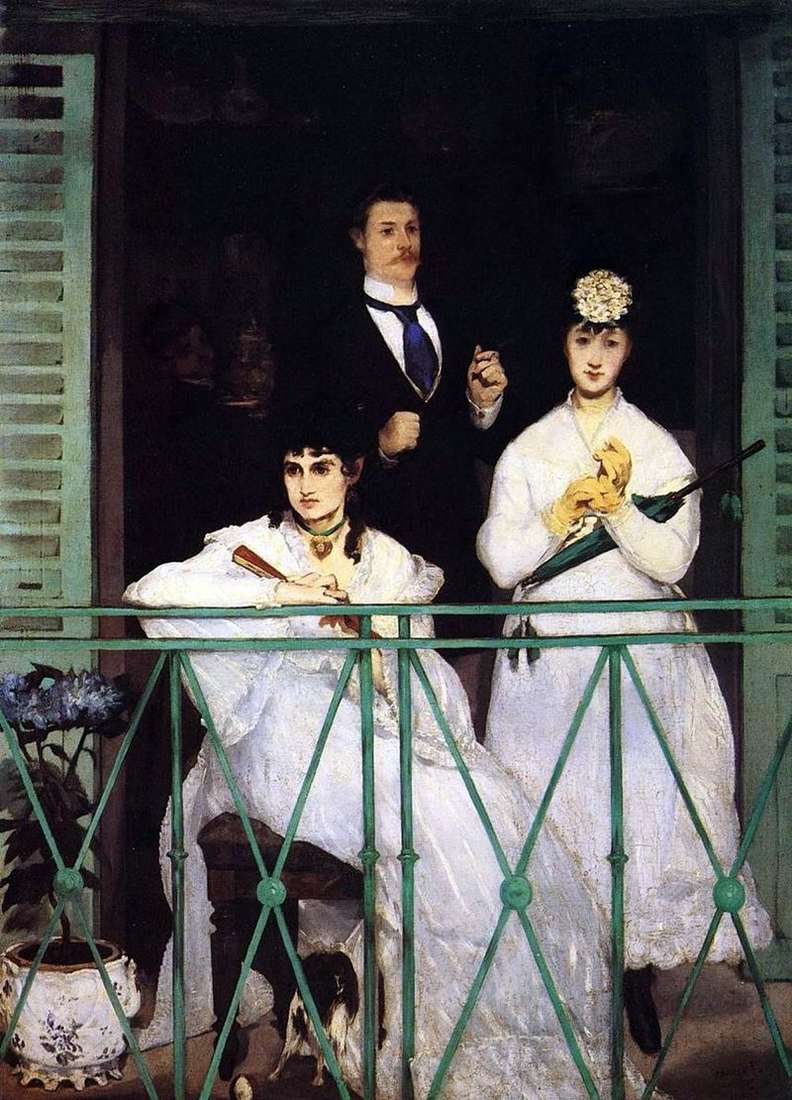
As you know, Edouard Manet incredibly appreciated and admired the works of Francisco Goya, and the subjects repeatedly created by the great Spaniard were embodied in the works of this outstanding French painter. Of course, receiving a unique author’s interpretation. One of these paintings is the painting “Balcony”, relating us to the work of Goya “Machi on the balcony,” written 60 years before.
The seemingly unremarkable plot differs in the individual promise of the artist, as a result of which he receives an inspired interpretation.
The heroes of the picture have become real personalities – this is the artist Berta Moriozo and the violinist Fanny Klaus. Between the bright black-haired women, shaded by their snow-white outfits, is Antoine Guillemé, a smart representative of the famous “Manne gang”. In the distance, in the background, slightly distinguishable in the dark, it is more likely to be guessed than Leon Coelle, the artist’s son, who for a long time was considered to be his wife’s brother, or simply Man’s godmother, is clearly readable to Mane, but he never did the hero of his canvases.
Looking at the picture, it is not difficult to guess which woman Manet favored – and indeed, Mane and Marioso are credited with a short-term affair, which ended with the appearance of a new student Eva Gonzalez, to no small disappointment to Bertha. However, one should not think that the master approached the image of Fanny Klaus superficially – a separate portrait of the violinist was preserved, which preceded the writing of the canvas “Balcony”.
Light, airy, imbued with light the picture can be attributed to one of the successful works, which was accepted by the public favorably, because there were a much larger number of those paintings that caused irritation and condemnation. Cloth “Balcony” immediately took to the exhibition at the Salon in May 1869, which undoubtedly pleased Edward Mans and served as a new creative impetus.
In the 1880s, the picture was in the personal gallery of the artist Shustave Kaibotta, and after it was nationalized. After the exhibition in the Museum of the Luxembourg Garden, the Louvre, the Gés-de-Pôme gallery, the canvas was “registered” in the Orsay Museum, where it can be admired today.
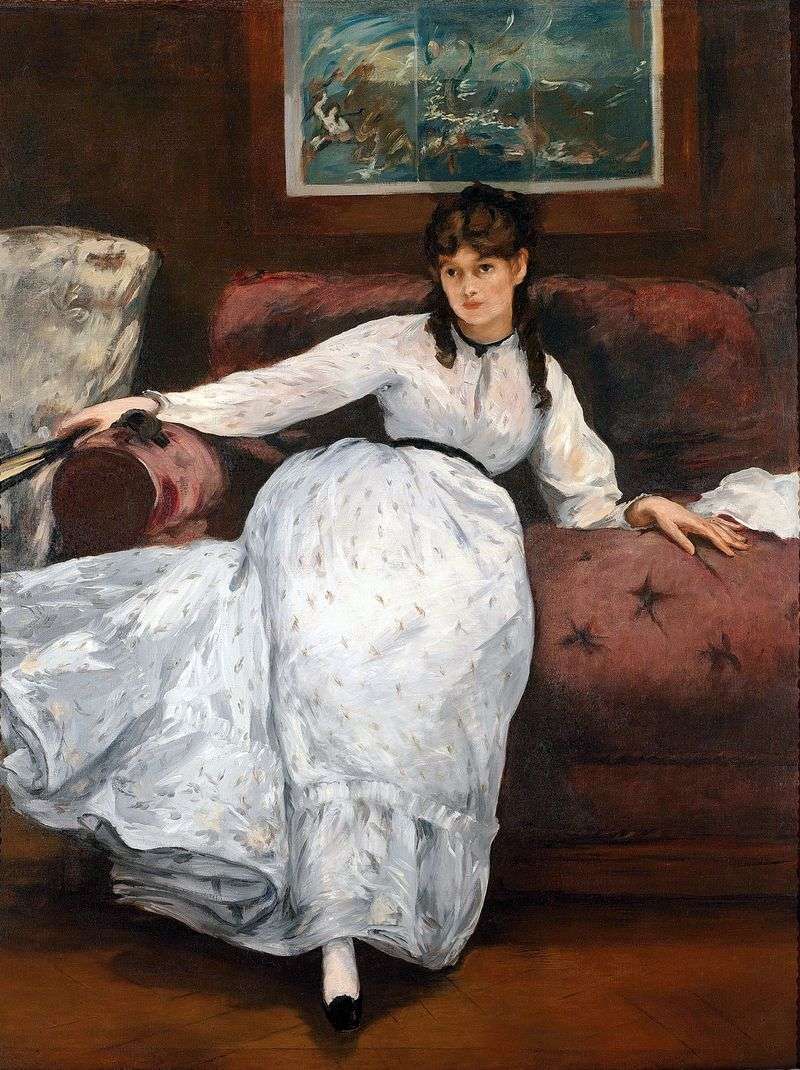 Portrait of Bertha Morizo by Edouard Manet
Portrait of Bertha Morizo by Edouard Manet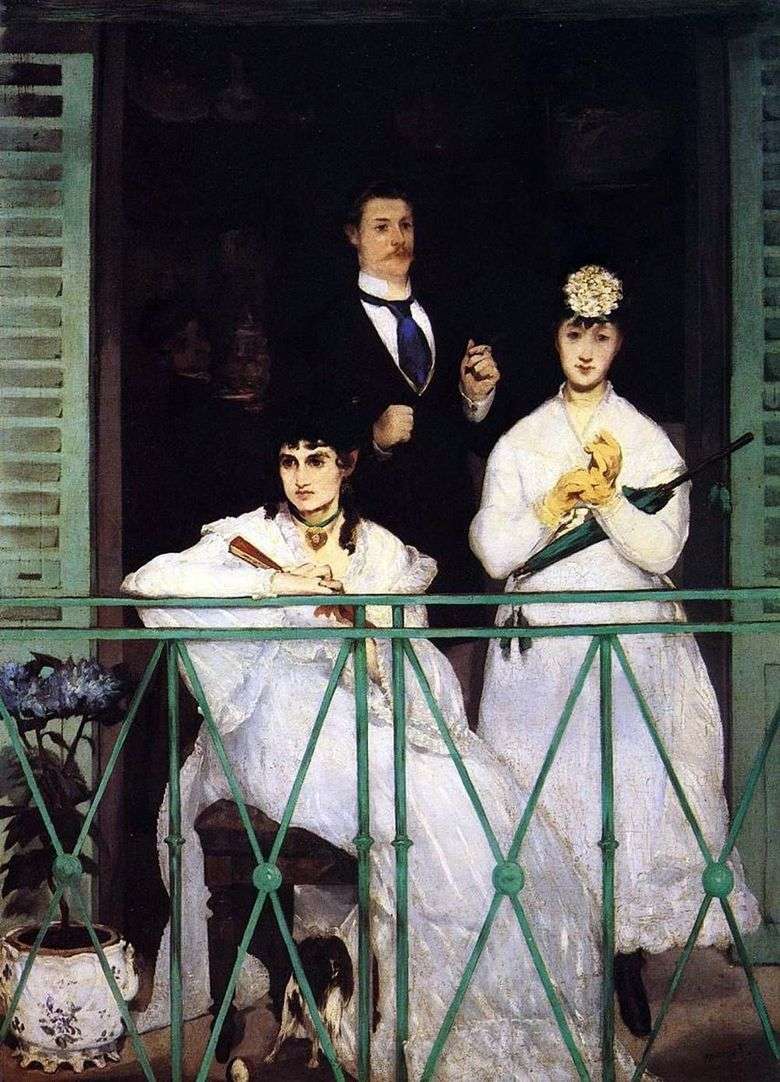 Balcón – Edouard Manet
Balcón – Edouard Manet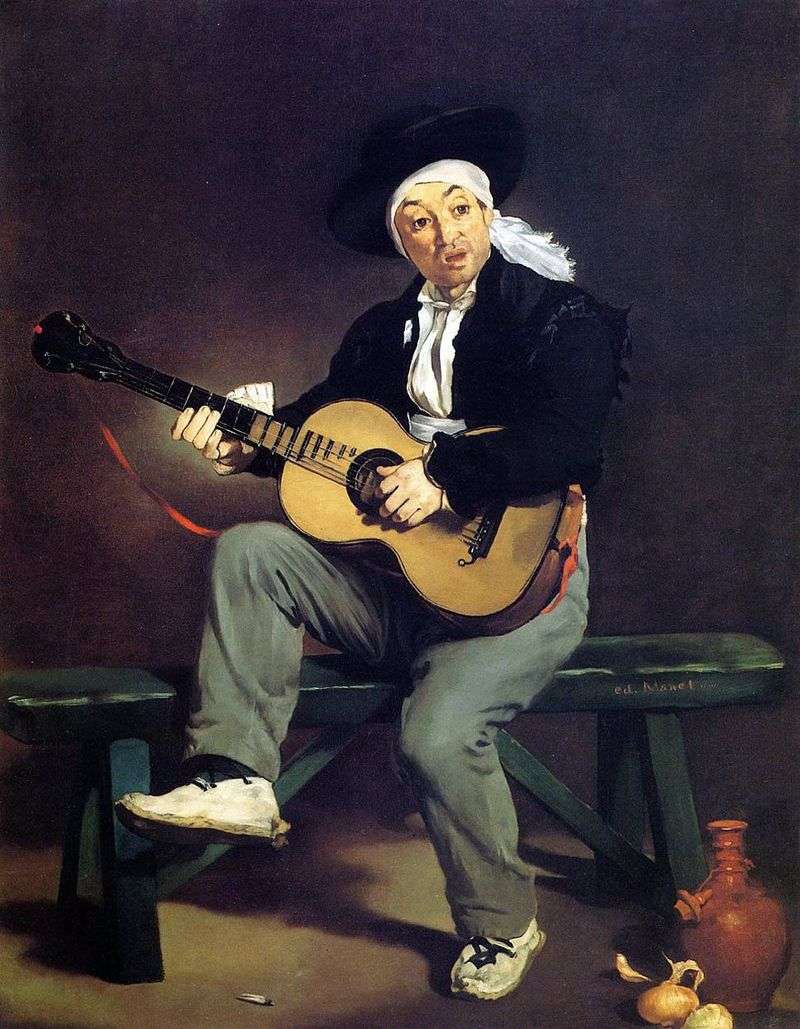 Spanish guitar player by Edouard Manet
Spanish guitar player by Edouard Manet Eel and Mullet by Edouard Manet
Eel and Mullet by Edouard Manet Flutist by Edouard Manet
Flutist by Edouard Manet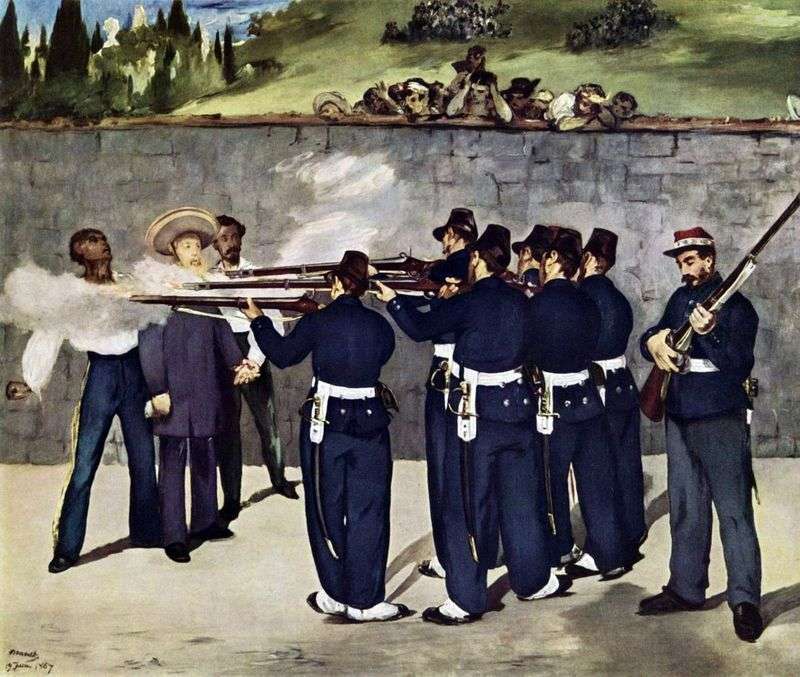 The Shooting of Emperor Maximilian by Edouard Manet
The Shooting of Emperor Maximilian by Edouard Manet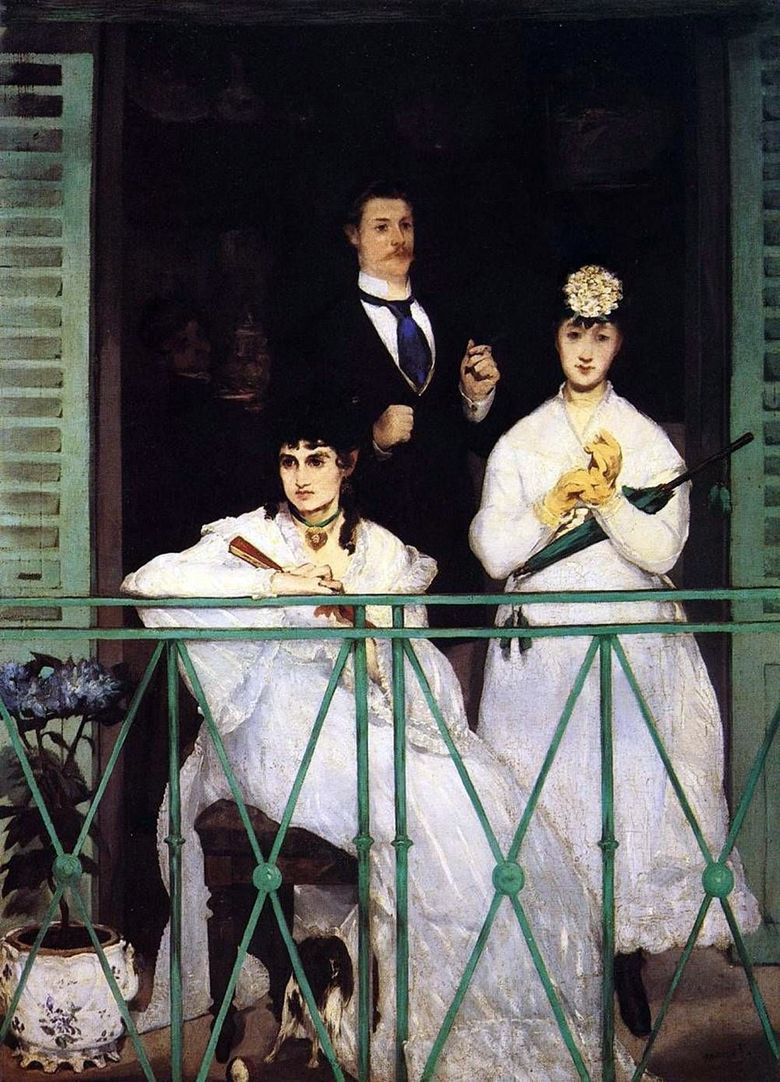 Balcon – Eduard Manet
Balcon – Eduard Manet Old musician by Edouard Manet
Old musician by Edouard Manet